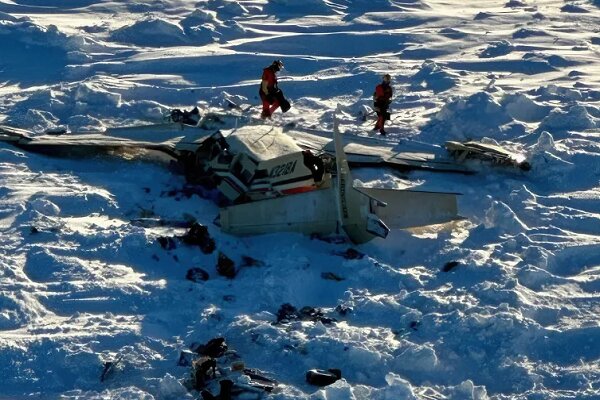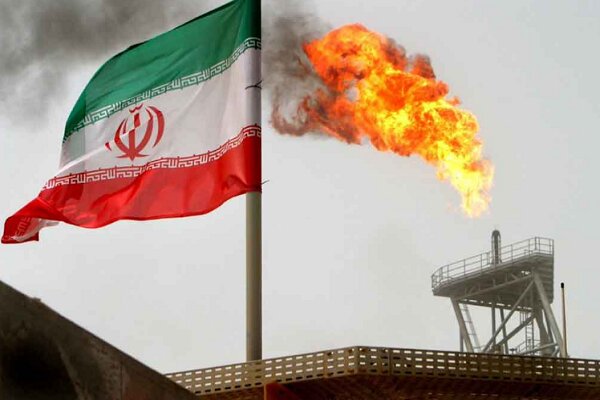Tragic Discovery: Missing Alaska Plane Located, All 10 Passengers Presumed Dead
The recent discovery of an aircraft wreckage has drawn significant attention, especially considering its tragic implications. The United States Coast Guard in Alaska announced on Friday that they located the wreckage near Nome, approximately 885 kilometers (550 miles) northwest of Anchorage. This incident highlights the ongoing challenges of aviation safety and the risks associated with air travel in remote regions.
Coast Guard spokesperson Mike Salerno addressed the media, providing updates on the grim situation. He stated, “Unfortunately, it does not appear to be a survivable crash.” This statement underscores the severity of the incident and the loss of life involved.
The aircraft in question, a privately operated Cessna 208B Grand Caravan, was carrying a total of ten individuals—nine passengers and one pilot. It went missing on Thursday afternoon while traveling from Unalakleet to Nome. The last known location of the plane was over a stretch of water, approximately 50 kilometers (30 miles) southeast of Nome, raising concerns regarding its safety.
This tragic crash marks the third aviation disaster in the United States within a short span of just over a week, raising alarms about aviation safety protocols. Here’s a brief overview of the recent incidents:
- January 28: A regional commercial jetliner collided midair with a US Army helicopter near Washington, DC, resulting in the deaths of 67 individuals.
- January 30: A medical transportation plane crashed into a busy neighborhood in Philadelphia, claiming the lives of six people on board and one person on the ground.
The Coast Guard’s quick response and efforts to locate the wreckage illustrate the dedication of search and rescue operations in challenging conditions. The discovery of bodies within the wreckage raises further concerns about the safety measures in place for small aircraft operating in such remote areas.
As investigations into this latest crash proceed, authorities will focus on understanding the factors that led to the disappearance of the Cessna 208B Grand Caravan. Factors that could be considered include:
- Weather Conditions: Sudden changes in weather can significantly impact flight safety, particularly in Alaska’s unpredictable climate.
- Flight Path: Analyzing the aircraft’s route may provide insights into potential hazards encountered during the flight.
- Maintenance Records: Scrutinizing the maintenance history of the aircraft will help determine if any mechanical failures contributed to the crash.
The aviation community and regulatory bodies will undoubtedly scrutinize these incidents to identify potential improvements in safety protocols and operational guidelines. This will help mitigate the risks associated with flying in remote areas, where rescue operations can be significantly hampered by geographical challenges.
In the wake of these tragedies, it is essential for passengers and operators to remain vigilant and informed about the safety measures in place. When booking flights, it is advisable to consider the following:
- Operator Reputation: Research the safety records of the airline or private operator.
- Aircraft Type: Understand the type of aircraft being used and its safety ratings.
- Emergency Procedures: Familiarize yourself with the emergency protocols of the airline.
The impact of these aviation disasters extends beyond the immediate loss of life; it reverberates through communities and families affected by the tragedy. As investigations unfold, it is crucial to remember the individuals who have lost their lives and the loved ones they leave behind.
In conclusion, the recent aircraft crash near Nome serves as a stark reminder of the inherent dangers of air travel, especially in remote regions. The Coast Guard’s ongoing investigation will hopefully yield critical insights that can enhance aviation safety and prevent future tragedies.
As the aviation industry continues to evolve, safety must remain a priority for all operators and passengers alike. By fostering a culture of safety and transparency, we can work towards a future where air travel is as safe as possible for everyone.






